Just thought I would give a quick breakdown of the general BIOS that you will be met with on our laptops. First things first, on all our current models, tapping F2 while the laptop powers on will bring you into the BIOS.
The first page you will come to is the “Main” page which gives you a general overview of some of the “one-stop” information you might be looking for if you are heading in to the BIOS (such as information on what SATA devices are connected). You can also find your BIOS version as well as your EC version in here, we may need these if you plan on flashing your BIOS.
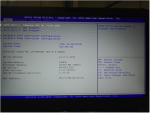
Next you have the advanced tab which is where you can find some of the more advanced chipset features. You will rarely need to go into here for most things so feel free to ask here on the forum if you are unsure about what anything does.
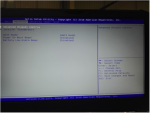
After this we will come to the security menu, here you will find security features such as the ability to set a BIOS password (I do not suggest this as it is somewhat of a nightmare if forgotten), secure boot is a useful setting to toggle if you are looking to boot to a USB (such as to do a Memtest). TPM Configuration can also be found in here, you may need to toggle this off if you are doing a TPM update (Only do this on our instruction unless you know what you are doing).
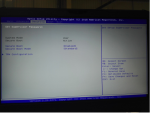
Our next stop is the Boot tab, in here you can find your boot option priorities which are useful to check if you are having difficulty with boot issues. UEFI setting is another useful setting for booting to devices, it could be worth toggling UEFI boot off if you are struggling booting to a USB (inside the UEFI menu, the network stack option is what you will be looking to disable if you are looking to turn UEFI off).
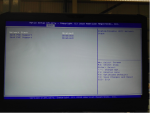
Finally, the Exit tab. This is where you can save all the changes you just made or discard them if you think you might have messed up. Note you can access most of these functions using the shortcut keys as shown on the left hand side of the of the BIOS screen. Load setup defaults does what it says on the tin and is useful if we need to reset a setting but you don’t remember what was changed.
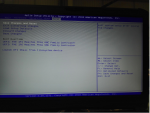
I hope this is a useful reference if you are not familiar with the laptop BIOSes that are on our machines.
The first page you will come to is the “Main” page which gives you a general overview of some of the “one-stop” information you might be looking for if you are heading in to the BIOS (such as information on what SATA devices are connected). You can also find your BIOS version as well as your EC version in here, we may need these if you plan on flashing your BIOS.

Next you have the advanced tab which is where you can find some of the more advanced chipset features. You will rarely need to go into here for most things so feel free to ask here on the forum if you are unsure about what anything does.

After this we will come to the security menu, here you will find security features such as the ability to set a BIOS password (I do not suggest this as it is somewhat of a nightmare if forgotten), secure boot is a useful setting to toggle if you are looking to boot to a USB (such as to do a Memtest). TPM Configuration can also be found in here, you may need to toggle this off if you are doing a TPM update (Only do this on our instruction unless you know what you are doing).

Our next stop is the Boot tab, in here you can find your boot option priorities which are useful to check if you are having difficulty with boot issues. UEFI setting is another useful setting for booting to devices, it could be worth toggling UEFI boot off if you are struggling booting to a USB (inside the UEFI menu, the network stack option is what you will be looking to disable if you are looking to turn UEFI off).

Finally, the Exit tab. This is where you can save all the changes you just made or discard them if you think you might have messed up. Note you can access most of these functions using the shortcut keys as shown on the left hand side of the of the BIOS screen. Load setup defaults does what it says on the tin and is useful if we need to reset a setting but you don’t remember what was changed.

I hope this is a useful reference if you are not familiar with the laptop BIOSes that are on our machines.
